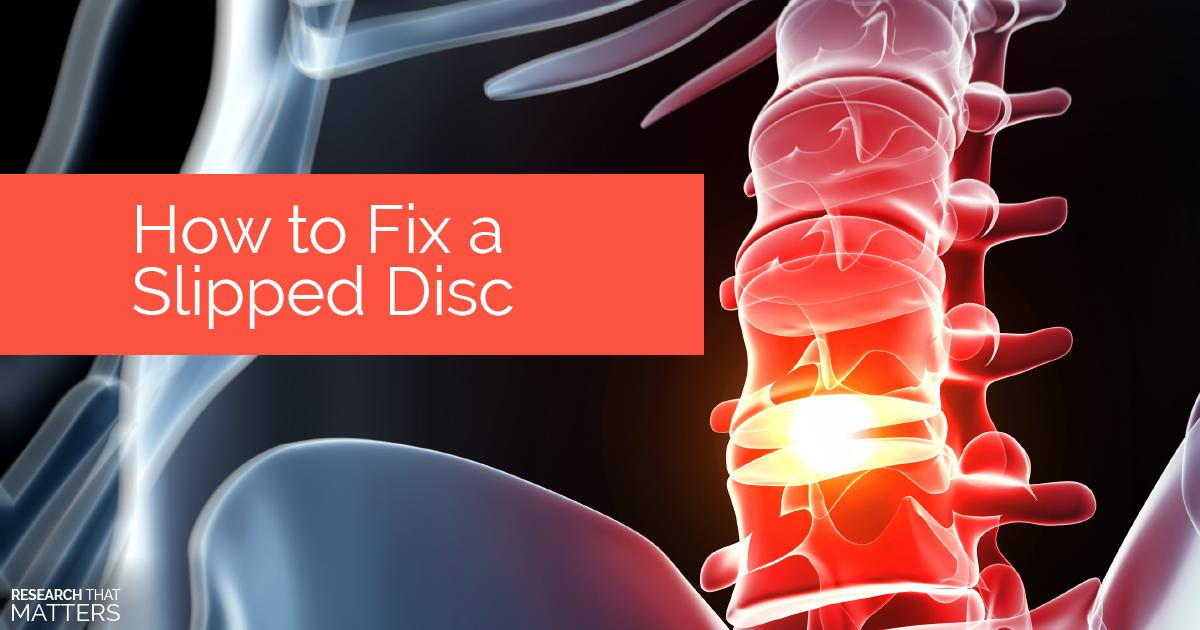949 Orangeburg Rd Suite C, Summerville, SC 29483
How To Fix A Slipped Disc

- posted: Mar. 04, 2020
How to Fix a Slipped Disc
Bottom Line:
Slipped or herniated discs happen when the inside of your spinal disc pushes through the disc’s exterior. Believe it or not, most herniated discs don’t cause any pain or symptoms. However, if you’re struggling with sudden pain after lifting or twisting, a herniated disc certainly may be to blame.
Why it Matters:
As you age, your spinal discs become less flexible, and that can make you more prone to tearing or herniating a disc as you lift or twist. The good news is that over 95% of spinal disc herniations can be resolved without drugs or surgery.
Here are a few tips to recover from a herniated disc:
Exercise: Low back mobility and stability exercises have been shown to have positive effects on recovery from lumbar disc herniations. Exercise can also help with your proprioception, or awareness in space, which can reduce your risk of re-injury.
Chiropractic: Depending on your specific condition, our care may include gentle spinal adjustments to improve your range of motion and decrease pain, as well as stretching and strengthening exercises aimed at returning your spine to its normal function
Support: Back braces can help give you extra support as you begin your care and treatment - but be careful. Using a brace over a long period of time is not recommended. They should only be used short-term to help relieve the pressure on your low back as you return to your normal daily activities.
Next Steps:
Many leading healthcare organizations have recommended chiropractic care for the care and treatment of disc issues. Discover more information to improve your health by visiting our website and Facebook Page today.
Science Source(s):
Herniated Disc. Mayo Clinic 2020

- posted: Mar. 04, 2020
How to Fix a Slipped Disc
Bottom Line:
Slipped or herniated discs happen when the inside of your spinal disc pushes through the disc’s exterior. Believe it or not, most herniated discs don’t cause any pain or symptoms. However, if you’re struggling with sudden pain after lifting or twisting, a herniated disc certainly may be to blame.
Why it Matters:
As you age, your spinal discs become less flexible, and that can make you more prone to tearing or herniating a disc as you lift or twist. The good news is that over 95% of spinal disc herniations can be resolved without drugs or surgery.
Here are a few tips to recover from a herniated disc:
Exercise: Low back mobility and stability exercises have been shown to have positive effects on recovery from lumbar disc herniations. Exercise can also help with your proprioception, or awareness in space, which can reduce your risk of re-injury.
Chiropractic: Depending on your specific condition, our care may include gentle spinal adjustments to improve your range of motion and decrease pain, as well as stretching and strengthening exercises aimed at returning your spine to its normal function
Support: Back braces can help give you extra support as you begin your care and treatment - but be careful. Using a brace over a long period of time is not recommended. They should only be used short-term to help relieve the pressure on your low back as you return to your normal daily activities.
Next Steps:
Many leading healthcare organizations have recommended chiropractic care for the care and treatment of disc issues. Discover more information to improve your health by visiting our website and Facebook Page today.
Science Source(s):
Herniated Disc. Mayo Clinic 2020
Visit our Office
949 Orangeburg Rd Suite C
Summerville, SC 29483
